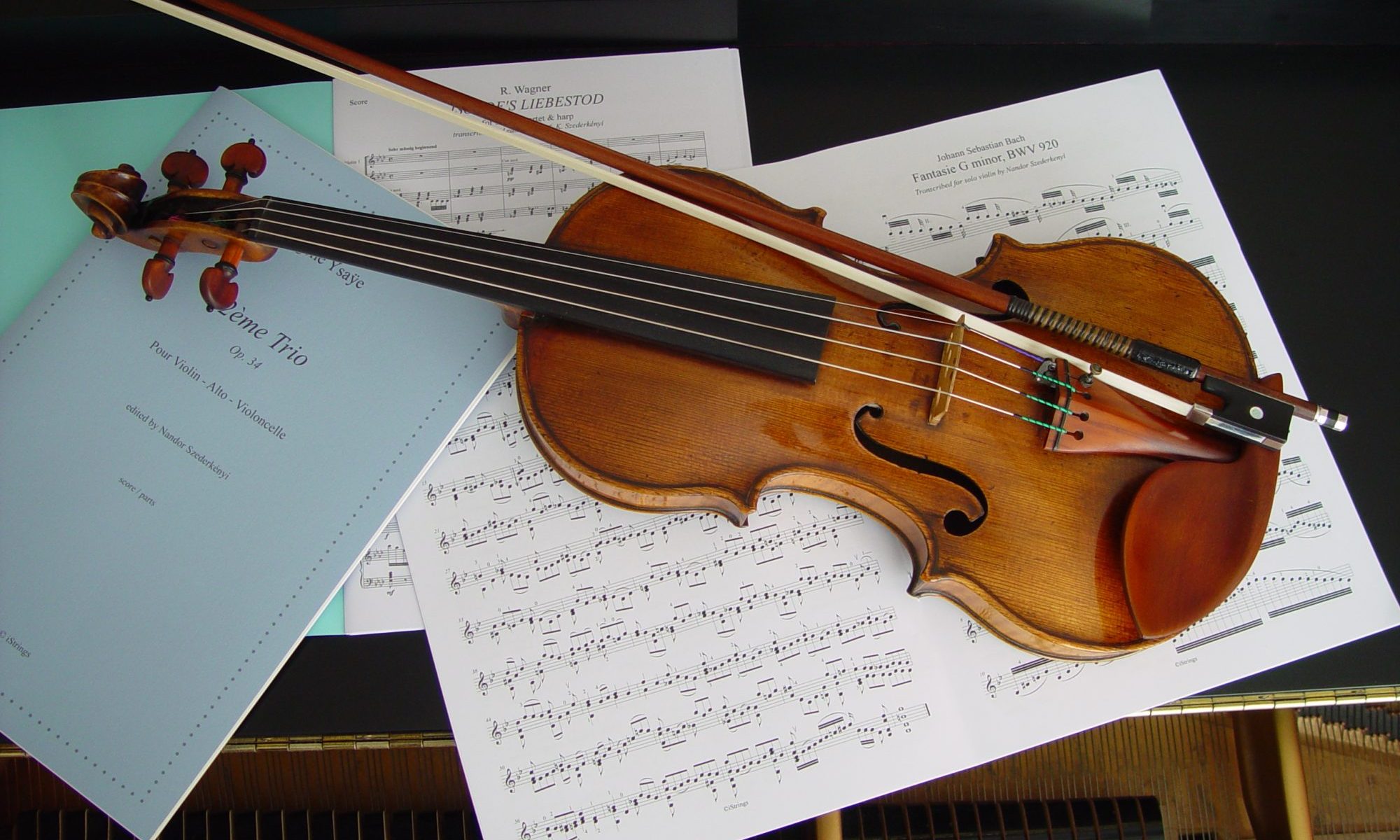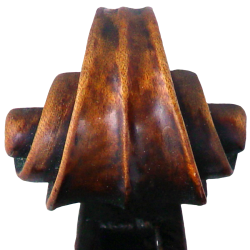About three weeks ago I was contacted by an organizer of the school orchestra of a North London music school. As a standard method of teaching these days, they also are giving online music lessons without interruption to the students, however, their ensemble has some real difficulties due to the fact that online music making has its’ real problems.
As one of the first musician at the beginning of the COVID saga, I had a “Schön Rosmarin” online version with my harpist daughter (me in London she in Leipzig) that was viewed some 100k times, so I can tell how difficult it is to play together even two instruments online. In fact, it is quite impossible to listen and play at the same time because of the delay of even the best connection. So I was playing without listening to the harp, muted, and she had of course no problem to play her part with me, recorded on a separate iPhone. Not the highest quality solution but definitely good enough for some fun.
Now, that the ensemble of this school cannot come together, they’ve asked me if it would be possible to find any kind of solution for this problem.
Well, learning a serious classical work for a quite big bunch of teenage kids isn’t easy no matter how we do it but without working with them personally and together it is out of question. First, they need to learn their individual parts, in this case it is a strings ensemble, so the different violin and cello parts and then put together, well, normally in a rehearsal.
There are couple of similar organizations out there with many kids involved, doing this with computer generated sounds, (midi) letting the kids play with a ready made ensemble together, recording on a smart phone (playback in ear) and put together by a sound engineer.
Our method is different. Since I really dislike artificial sounds made with a midi soft that sounds like an engine, I’ve decided to try with live music. This particular piece (Dvorak Serenade for strings) as only strings, is easy to record for me, (I am violinist, played many times this music) I only need a cellist to make that part. (the viola part is transcribed for violin also; and I have a ProTools setup here, any time I need a quick recording)
After considering all the aspects, this is our plan:
I made a recording of all the parts (four; three violins and cello) using a visual metronome to make synching easier.
After mixing/synching all the parts, I make bounces for each part to use it for practicing.
I also make four bounces of mixes without one part (only 2. 3. violin and cello, or 1. 3. violin and cello etc.) to be able to play with it playing the missing part. (instead of playing with a complete mix)
The learning process is made easier with an app that makes the tracks slower or faster.
The last stage is of course that all the kids should record their parts with my track in ear, that I will then put in a mix together.
Currently we are curiously waiting for the results of the learning process.
Of course this doesn’t replace a real setting of an ensemble but we will have at least some sound-result to show all how the kids did. And in fact they have some kind of “ensemble-experience” by playing together with the mix, after all.
Naturally, the final result of the sound will evidently be far from pro resolution but our goal isn’t that either.
This live recording method may sound as a simple and easy solution for many, however, to get pro results for such a mix isn’t the same like putting together a midi file. It’s made with very strong tempo control but still, it is a live performance!

